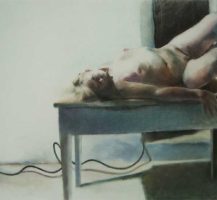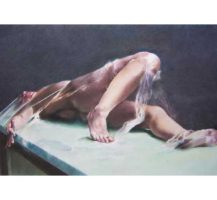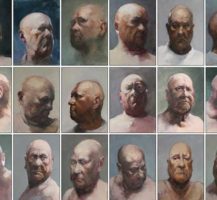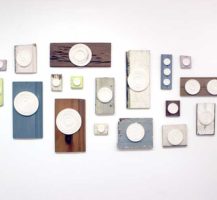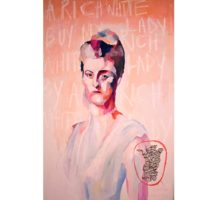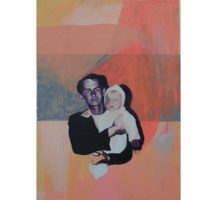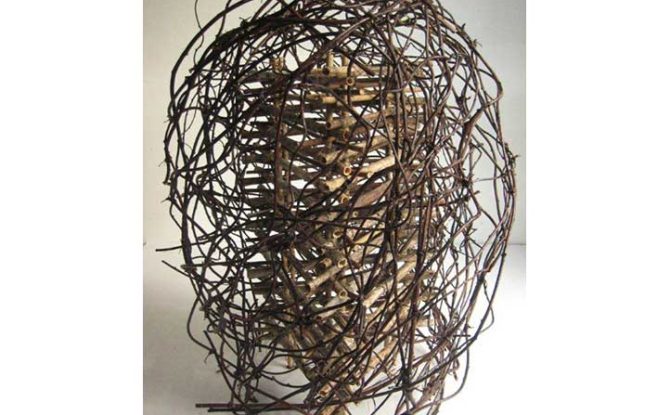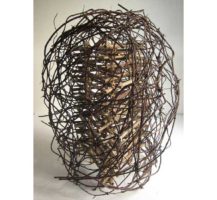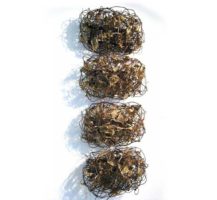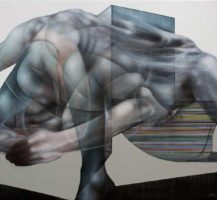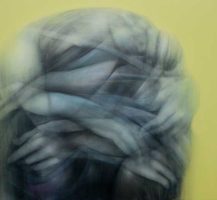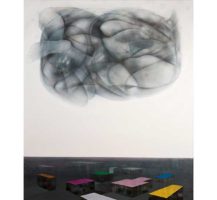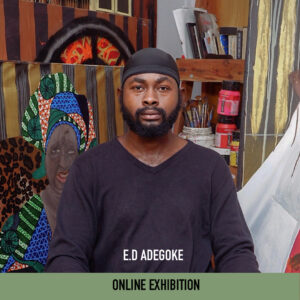March 2013
Passing Through the Body Without Staying
Maisterra’s exhibit Passing Through the Body Without Staying is more than just a collection of works; it is a testament to an emotional process of recuperation from illness via artistic creativity. In January of 2011, Maisterra had an accident that affected his physical appearance. As soon as he regained the use of his right arm, he resumed painting, and this was the key to his recovery.
Maisterra decided to start a series of self-portraits—one self-portrait a day for 18 days—inspired by the ugliness and sadness he saw to create an unsympathetic image of himself. The series of 18 self-portraits shows an artist using art as therapy to familiarize himself with his new face. The search to understand his own body took place at the same time as a change in the way he saw others´ bodies. Two series take up the study of intentionally deformed figures. In the first instance, female nudes are tied up, suspended in the air, defying gravity, but maintaining light contact with the ground. The model ties herself up, thereby producing what seem like impossible poses and foreshortening. The participation of the model is fundamental to this creative process which involves staging and photography. The human being becomes a marionette that is manipulated by a force outside the frame of reference of the painting.
In another series the human body is deformed under the pressure of plastic wrap. Figures rest on top of green tables reminiscent of hospital stretchers. The body, converted into mere flesh, wrapped up like packages of meat in the supermarket, is imprisoned and is trying to free itself, to abandon the flesh, to go beyond the embryonic state and to achieve a spiritual existence. Light softens the forms like a second layer of skin.
Born in Palencia, Spain, Narciso Maisterra was educated in the fifties at traditional art schools and at the University of Madrid. This initial experience was followed by 20 years in the US which coincided with the birth of Pop Art and Hyperrealism there. His work moved from the Baroque tradition to a cautious association with the latest artistic tendencies.
To view more of Maisterra’s work, visit www.museomaisterra.com




